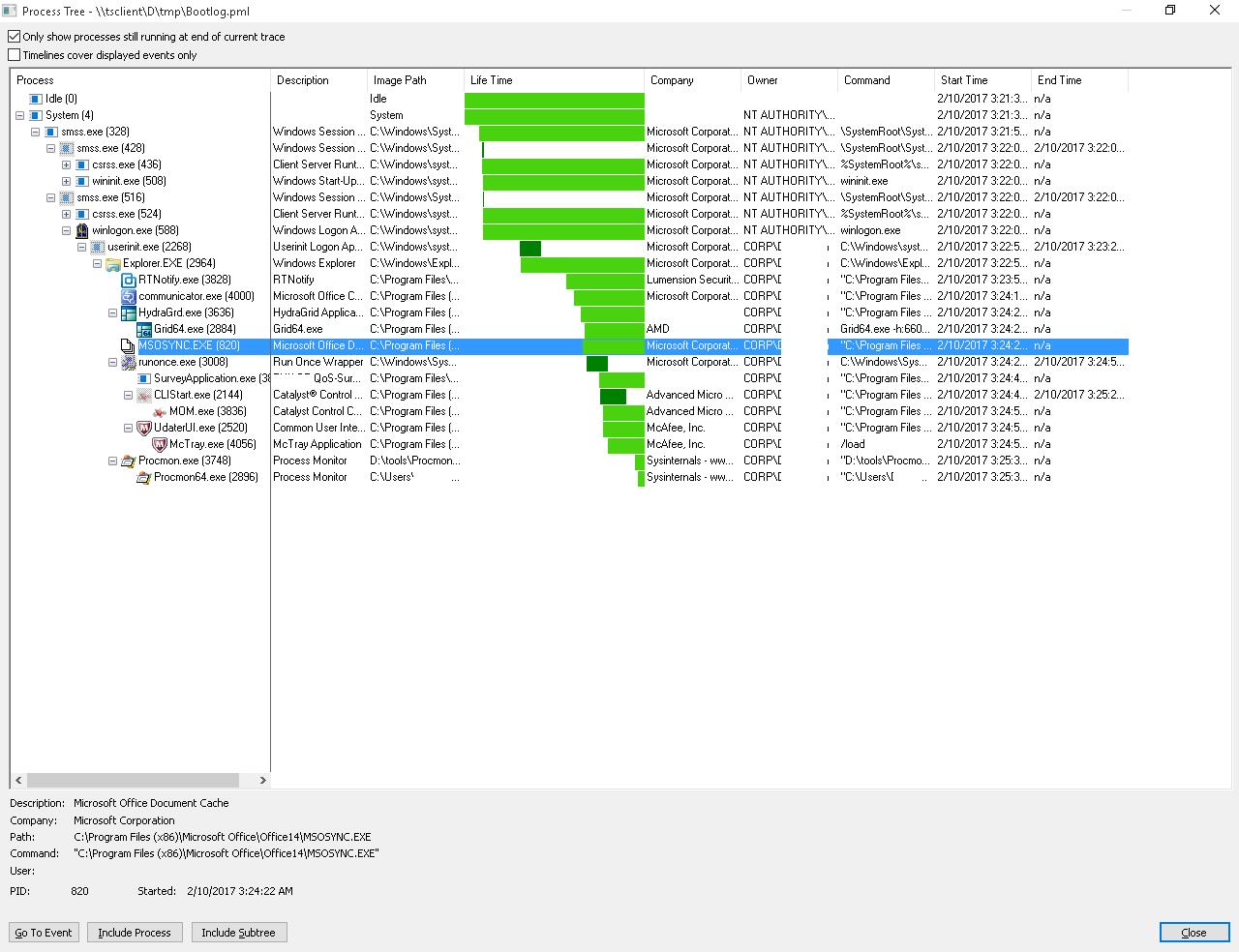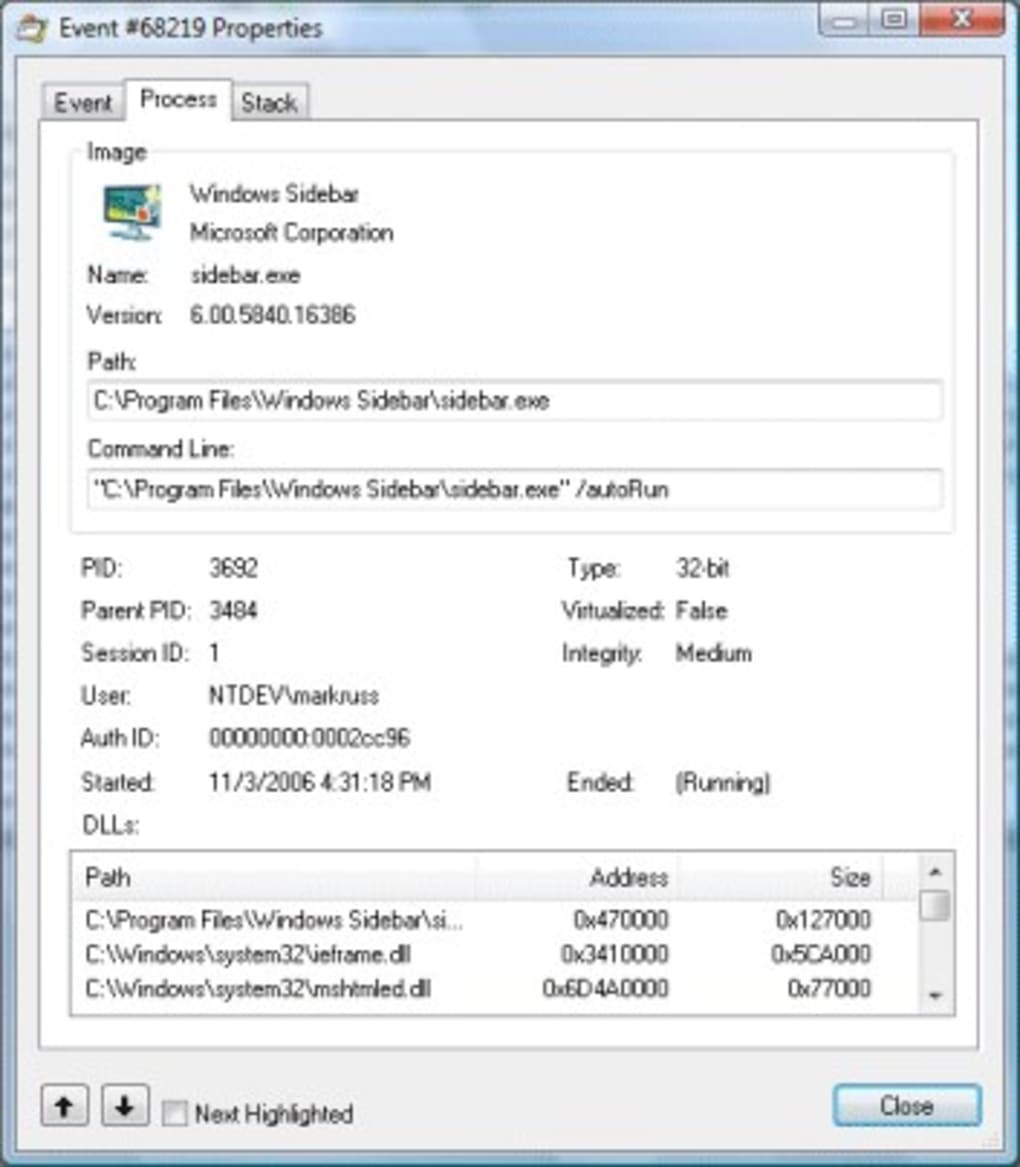



Determining the delta between the two could direct you to focus in on existing or potential issues. For example, run version 1.0 of your process for several hours tracking and saving everything with Perfmon, then compare that with the same duration and usage with version 1.1. You want to take a before and after performance profile snapshot.You may not have an issue that you are investigating, but looking at the general behavior may give insight into how your application runs. You want to know the general behavior of the system or a specific process.Disk IO: Perfmon can track physical disk reads, writes, etc.CPU usage: If a process seems CPU bound, Perfmon will point this out immediately.If the developer knows the rate of the leak, it helps them determine which objects might be leaking by matching the leak rate with the object size. Examples are bytes per second, minute, or hour. Memory leak in a process: You want to verify it and find the rate of it.You have detected high resource usage and you want to verify and track it.Here are three reasons why QA staff should become familiar with using Windows Performance Monitor: Typeperf is also easy to use and I cover its usage as well in this document. Out of the many tools that can allow you to do this, Perfmon is the easiest to use and most popular. Microsoft Performance Monitor (Perfmon) will allow you to track system and process resource usage. You can also access this performance data through code inside your application, written in script or compiled languages, such as C or C#. There are many different built-in tools that will allow you to view this performance data such as Taskgr.exe, Perfmon.exe, or Typeperf.exe. Performance monitoring is built into the Windows operating system and every metric available is being constantly monitored, whether you choose to view it or not.


 0 kommentar(er)
0 kommentar(er)
